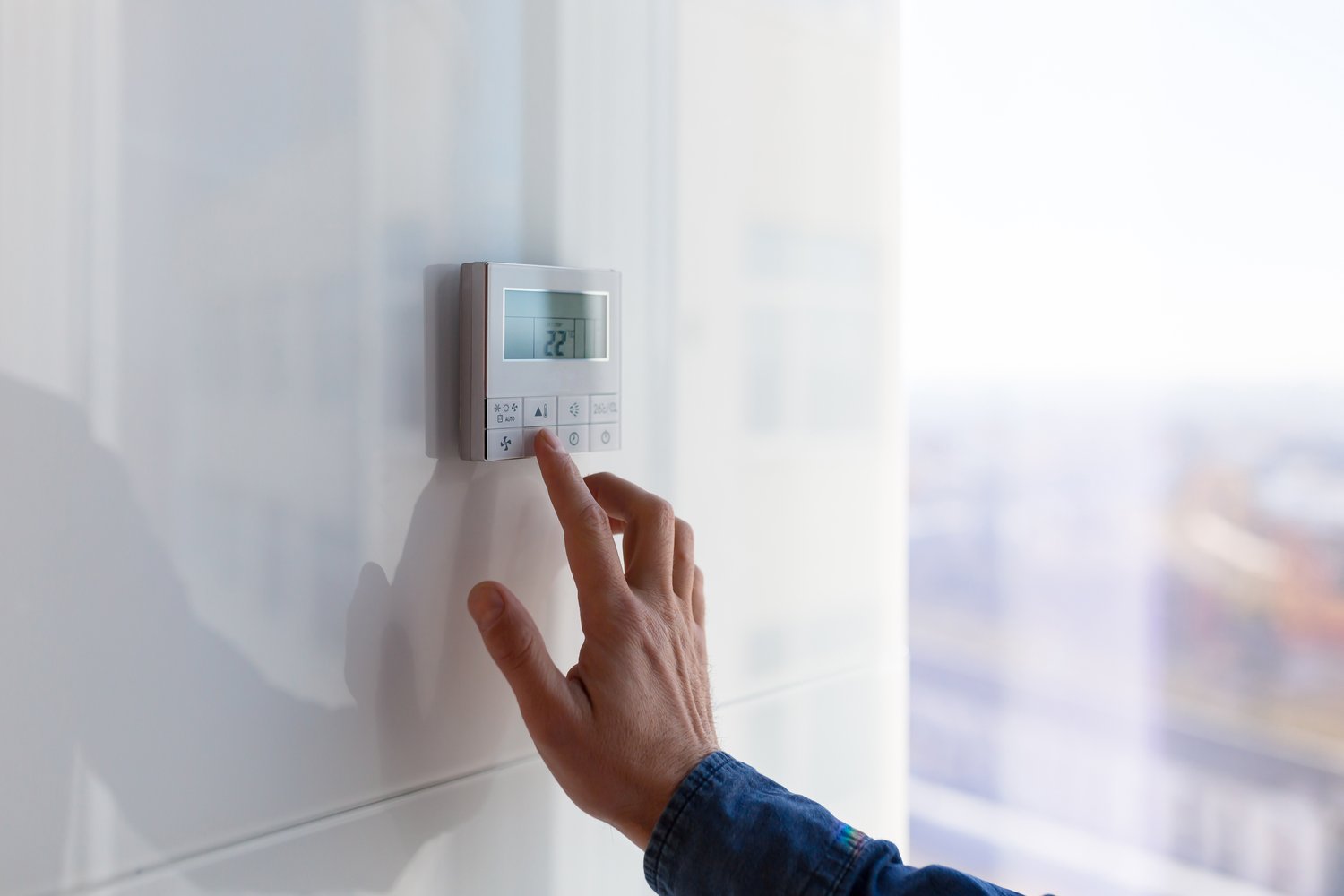Transforming a room with a fresh coat of paint is one of the most cost-effective ways to update your living space. However, homeowners often find themselves at a crossroads when deciding whether to tackle the project themselves or hire a professional. This article breaks down the expenses associated with both DIY painting projects and professional painting services, helping you make an informed decision that aligns with your budget, timeline, and desired quality. We’ll examine the true costs beyond just paint and labor to give you a comprehensive interior painting estimate for both approaches.
Understanding the True Cost of DIY Painting
When contemplating a DIY painting project, many homeowners focus primarily on the cost of paint, often underestimating the full expense. The cost to paint a room yourself extends far beyond just purchasing a few gallons of paint. First, you’ll need to invest in quality supplies: primer, paint (often requiring multiple gallons), rollers, brushes, trays, painter’s tape, drop cloths, spackling paste, sandpaper, and potentially a ladder. For a standard 12′ x 12′ room, expect to spend between $200-$300 on materials alone, depending on the quality of paint you choose.
Beyond monetary expenses, the DIY approach demands a significant time investment. Proper room preparation involves moving furniture, cleaning walls, repairing holes, sanding rough areas, taping edges, and applying primer. These preparatory steps can take an entire day before you even open a paint can. The painting process itself typically requires at least another full day, including applying multiple coats and allowing sufficient drying time between applications. Factor in cleanup time and moving furniture back, and a weekend project can easily extend into several days of work.
Additionally, consider the “hidden” costs of DIY painting that aren’t immediately apparent when comparing the cost paint room DIY vs pro. These include the value of your time, potential lost income if you’re taking time off work, and the physical toll of climbing, bending, and reaching for extended periods. Novice painters may also face the frustration of addressing mistakes like drips, uneven coverage, or paint bleeding under tape—issues that might require additional materials and time to correct.
The Professional Painter Approach: What You’re Paying For
When researching professional painter cost per room, homeowners often experience sticker shock, with estimates ranging from $300-$800 for a standard bedroom. However, understanding what’s included in this price helps clarify its value. Professional painters bring not just labor but expertise, efficiency, specialized equipment, and often higher-quality materials than what most DIYers purchase.
A professional painting service typically includes comprehensive preparation: furniture protection or relocation, wall cleaning, hole patching, crack repair, sanding, taping, and priming. They’ll usually apply two coats of paint with proper drying time between applications. Most importantly, professionals have refined techniques that produce smooth, even coverage with clean edges—something that takes years to master.
When requesting an interior painting estimate, make sure it specifies exactly what services are included. Some companies offer tiered packages, while others provide customized quotes based on room complexity, wall condition, and paint selection. Be wary of significantly lower estimates, as they may exclude crucial preparation steps or use lower-quality materials that won’t hold up over time.
Factors That Influence Costs for Both Approaches
Several variables affect the cost comparison between DIY and professional painting. Room size naturally impacts material quantities and labor time. Ceiling height introduces complexity, with rooms taller than 9 feet requiring extension poles or scaffolding. Wall condition significantly influences both approaches—extensive repairs add material costs for DIYers and labor costs for professionals.
Color changes matter too. Dramatic shifts, particularly from dark to light colors, may require additional primer and paint coats. The quality of paint chosen substantially affects both immediate costs and long-term value. Premium paints ($40-$70 per gallon) offer better coverage, durability, and washability than budget options ($20-$30 per gallon). As experts at AskHomey often point out, investing in quality paint typically pays off through extended longevity and better appearance, regardless of whether you’re hiring professionals or doing it yourself.
Making the Right Choice for Your Situation
The decision between DIY and professional painting ultimately depends on your specific circumstances. DIY painting makes sense for those with some experience, plenty of time, good physical condition, and budget constraints. It’s particularly suitable for small, straightforward rooms with good wall conditions and minimal trim work.
Professional painting becomes more valuable for larger or more complex spaces, rooms with high ceilings or extensive trim, homes where time constraints exist, or when physical limitations make painting challenging. It’s also worth considering professionals when perfect results are important, such as in high-visibility areas or when preparing to sell your home.
For many homeowners, a hybrid approach works well: professionals for challenging spaces like living rooms with vaulted ceilings, and DIY for simpler spaces like bedrooms. This balanced strategy optimizes both budget and results while managing the project’s timeline effectively.
Whether you choose the DIY route or hire professionals, proper planning remains essential. Calculating a detailed interior painting estimate before beginning will help avoid mid-project surprises and ensure you’re making the most cost-effective choice for your specific situation.
For more tips and to connect with reliable home service professionals, follow AskHomey on Facebook and Instagram.


